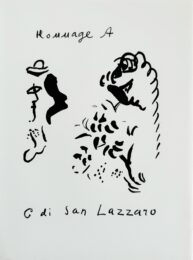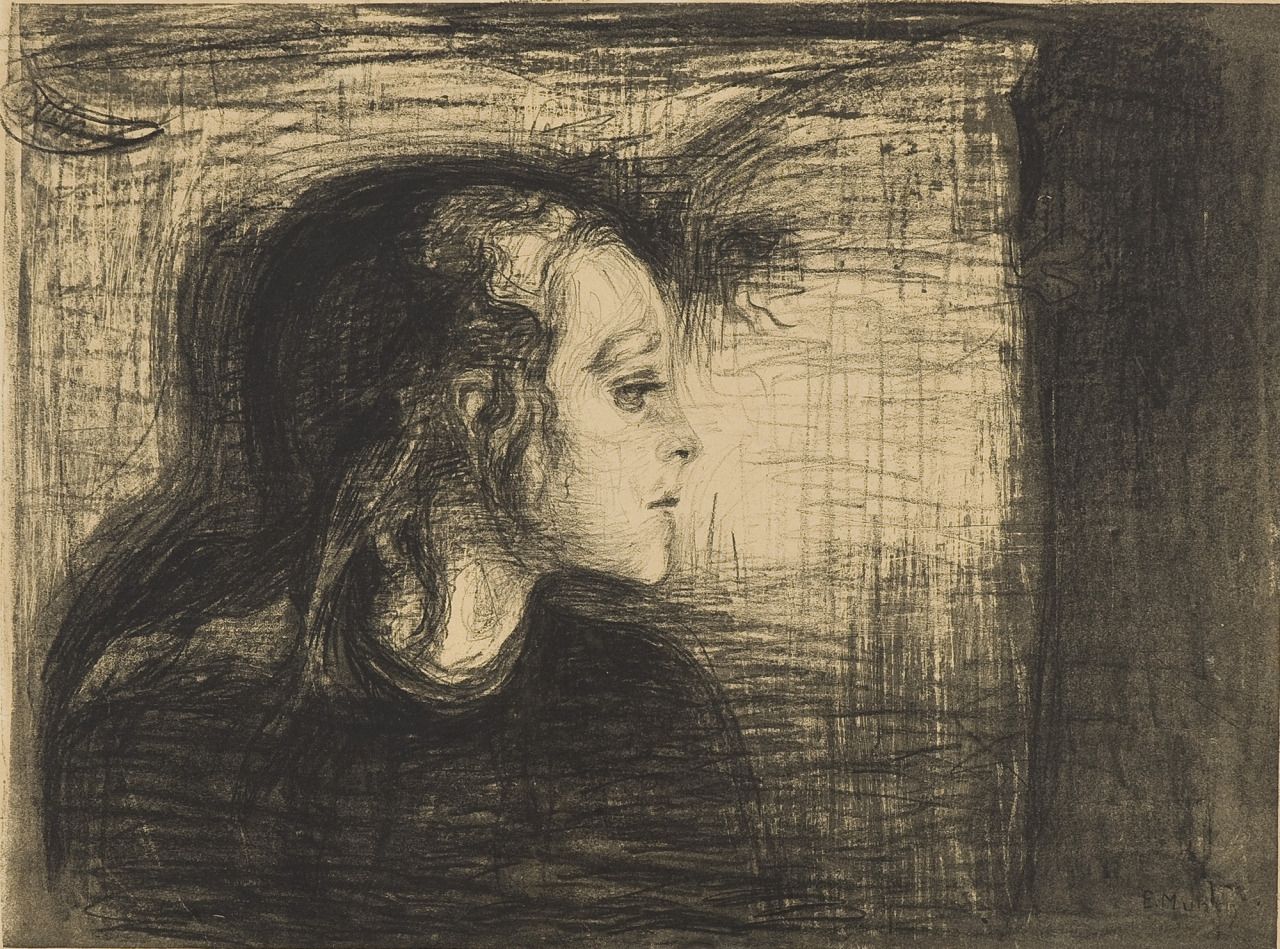



Expressionism Art entered the art scene across various cities in Germany all at the same time around the start of the 20th century. It is said to have come about as a response to a widespread anxiety about the discordant relationship that humans were increasingly having with the world, and represents distinct feelings of spirituality and authenticity having been lost.
Partly a rebellion against academic art and Impressionism, Expressionism was heavily inspired by the Symbolist undercurrent of late 19th century modern art. Vincent van Gogh, Henri Matisse, Georges Braque and Edvard Munch proved particularly influential to the Expressionists, pushing the distortion of form and using strong colours to convey a mixture of yearning, instability and anxiety.
The classic phase of the Expressionist movement lasted from around 1905 to 1920 and quickly made its presence felt throughout Europe. It would later go on to inform Abstract Expressionism, and its influence would remain throughout German art. It was also later to give rise to the Neo-Expressionist artists of the 1980s.
The birth of Expressionism brought about new standards in the creation of art and how it was judged. Art was now expected to come from within the artist, instead of merely being a picture of the visual world outside. The benchmark for assessing the quality of a piece of art became all about the artist’s emotions instead of focussing on an analysis of the composition.
The work of Expressionist artists is most often recognisable by swaying, swirling, and exaggeratedly brushstrokes in the creation of their subjects. These techniques soon came to represent the high emotional state of the artist, bringing an unsettled feeling to the observer and depicting the anxieties of the modern world. Expressionist artists used this confrontation with the modern, urban world of the early-20th century to develop a powerful vessel for social criticism through bold, blended colours. Their representations of modern city living included individuals seen to be living on life’s periphery, such as prostitutes. This was in itself a statement regarding capitalism’s role in the emotional neglect of individuals within these cities – a psychological by-product of recent urbanisation.